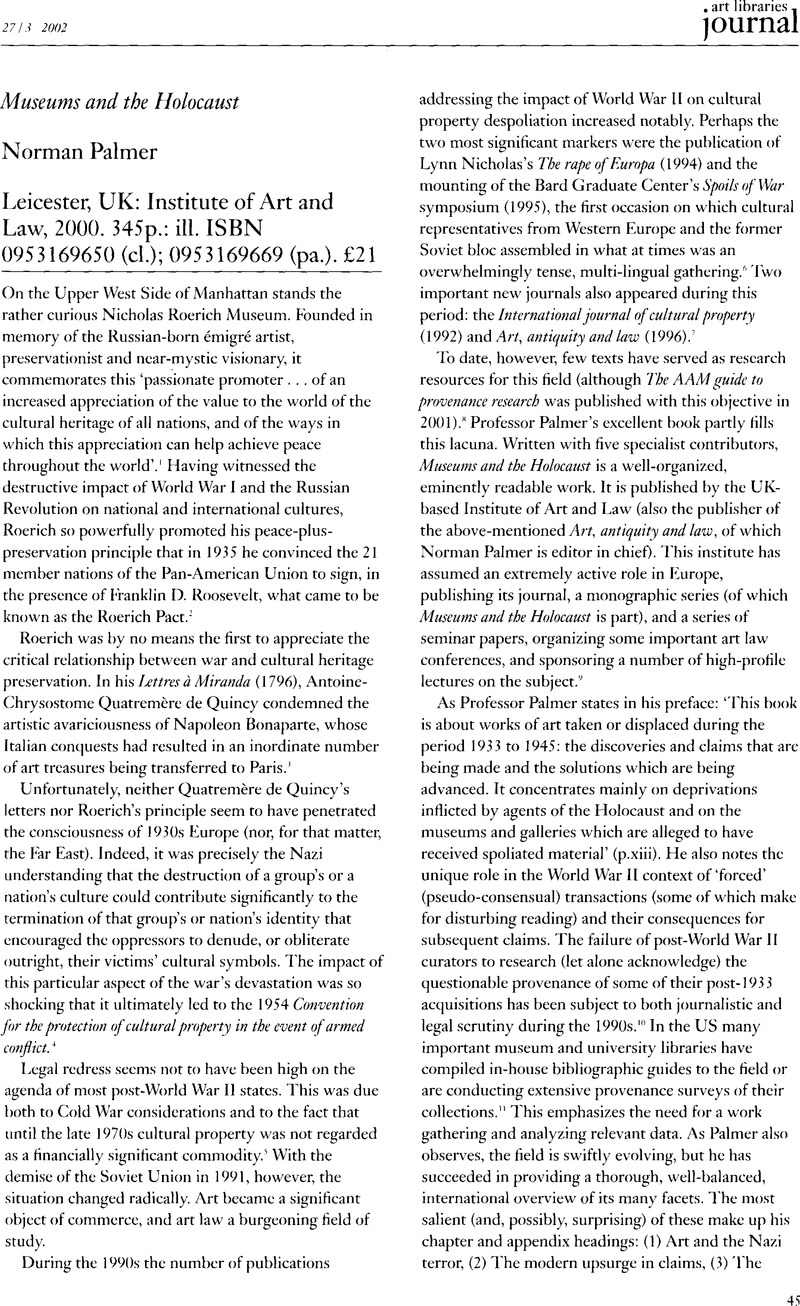5. The art market’s rapid expansion is often seen as having begun with the auction at Sotheby’s, London, of the Robert von Hirsch collection in June
1978. The auction took place over nine days and was accompanied by four catalogues: (1)
Old master drawings, paintings and medieval miniatures, (2)
Medieval works of art, (3) Furniture and porcelain, (4)
Impressionist and modern art.
Google Scholar 